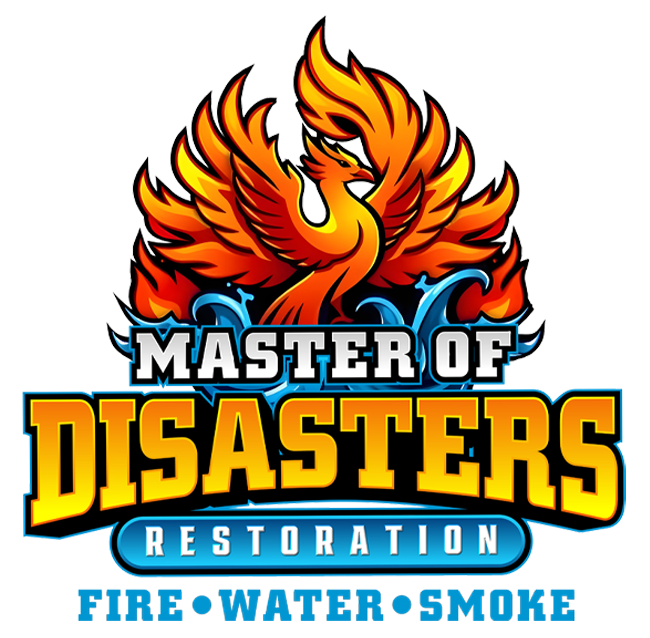Warning Signs and Risks of Wet Drywall Explained
Drywall is a key part of most interior walls and ceilings, but it is highly vulnerable to water damage. Leaks, flooding, or high humidity can quickly turn solid drywall into a weakened, stained, or moldy surface that affects both appearance and safety. Understanding the risks of ignoring wet drywall, recognizing common warning signs, and knowing why professional drywall repair is so important can help limit damage and restoration costs. This post offers an overview of the dangers of water-damaged drywall, signs that repairs are needed, and the benefits of hiring experts for wet drywall repair.
Risks of Ignoring Wet Drywall
 When wet drywall is left unaddressed, damage rarely stays confined to the surface. Drywall acts like a sponge, absorbing moisture that can spread through studs, insulation, flooring, and adjacent building materials. Over time, this can weaken structural components, cause fasteners to rust, and lead to sagging or collapsing sections of wall or ceiling. What begins as a small patch of water-damaged drywall can evolve into a much larger, more expensive problem.
When wet drywall is left unaddressed, damage rarely stays confined to the surface. Drywall acts like a sponge, absorbing moisture that can spread through studs, insulation, flooring, and adjacent building materials. Over time, this can weaken structural components, cause fasteners to rust, and lead to sagging or collapsing sections of wall or ceiling. What begins as a small patch of water-damaged drywall can evolve into a much larger, more expensive problem.
One of the most serious risks is mold growth. Damp drywall provides an ideal environment for mold spores to thrive, especially in dark or hidden areas behind walls. Once mold growth takes hold, it can spread to other materials and release spores into the indoor air. This can create health concerns, particularly for individuals with allergies, asthma, or compromised immune systems. Leaving wet drywall in place increases the likelihood of extensive contamination that requires more complex remediation.
Ignoring water-damaged drywall can also drive up restoration costs. Moisture trapped inside walls can damage electrical wiring, insulation, and trim, requiring replacement of far more than just the wallboard. Floors and baseboards may warp or rot, and paint or wallpaper may peel away. Prompt water-damaged drywall repair limits the spread of moisture, reduces the scope of demolition needed, and helps avoid secondary issues that make restoration longer and more costly.
Signs of Water-Damaged Drywall
 Recognizing the signs of water-damaged drywall early can make a significant difference in the outcome of repairs. One of the most visible indicators is discoloration—yellow, brown, or dark stains that appear on walls or ceilings. These stains often spread outward from the source of a leak, such as plumbing lines, roof penetrations, or window frames. In some cases, bubbling, peeling, or blistering paint and wallpaper point to moisture trapped behind the surface.
Recognizing the signs of water-damaged drywall early can make a significant difference in the outcome of repairs. One of the most visible indicators is discoloration—yellow, brown, or dark stains that appear on walls or ceilings. These stains often spread outward from the source of a leak, such as plumbing lines, roof penetrations, or window frames. In some cases, bubbling, peeling, or blistering paint and wallpaper point to moisture trapped behind the surface.
The texture and feel of the drywall can also reveal hidden damage. Areas that feel soft, spongy, or crumbly when gently pressed are often saturated and weakened. Swollen, warped, or uneven sections of wall or ceiling indicate that the material has absorbed water and begun to lose its original shape. Cracks or sagging may appear as the damaged area struggles to support its own weight.
Mold growth and odors provide additional warning signs. Visible patches of mold on drywall—ranging from small spots to widespread staining—are clear evidence of ongoing moisture. Even when mold is not visible, a persistent musty smell can indicate hidden dampness inside the wall cavity. Any combination of staining, warping, softness, mold growth, or musty odors suggests that wet drywall repair or full water-damaged drywall repair is likely needed.
Benefits of Hiring Professionals to Repair the Drywall
While small cosmetic issues might seem manageable as a do-it-yourself project, wet drywall and water-damaged drywall repair are best handled by trained professionals. Specialists in drywall repair and restoration have the experience to determine how far moisture has spread, which sections of drywall can be saved, and which must be removed and replaced. This ensures that repairs are not just superficial but address underlying damage that could otherwise remain hidden.
Professionals also bring the right tools and equipment to the job. Moisture meters, infrared cameras, and other diagnostic tools help locate damp areas behind walls and ceilings that are not obvious to the eye. Proper containment, ventilation, and drying techniques reduce the risk of spreading mold spores during demolition and repair. By following industry best practices, experts can remove water-damaged drywall safely and thoroughly.
Hiring professionals for wet drywall repair helps prevent future problems. Correctly installed new drywall, combined with adequate drying of framing and insulation, reduces the likelihood of recurring mold growth or structural issues. Restoration teams can also identify and recommend fixes for the original source of the water intrusion—such as roof leaks, plumbing failures, or poor ventilation—helping protect the property against repeat damage. Getting the job done right the first time saves time, money, and stress in the long run.
About Master of Disasters Restoration
Master of Disasters Restoration provides customer-first restoration services from trusted technicians in Philadelphia and the surrounding communities. They use the latest technology to ensure your water damage repair or water extraction needs are addressed promptly. Call them today to schedule wet drywall repair in Philadelphia, PA.



